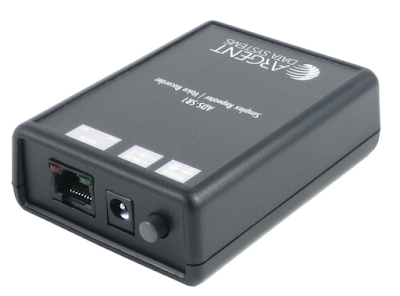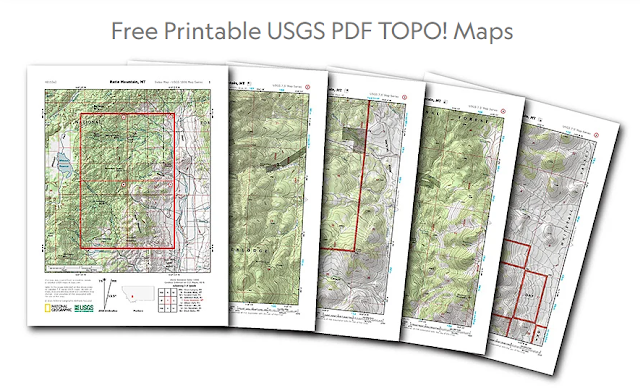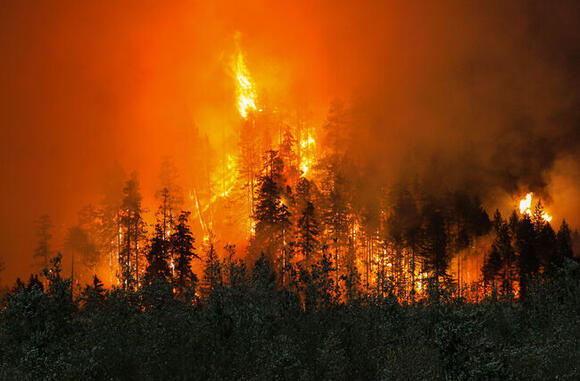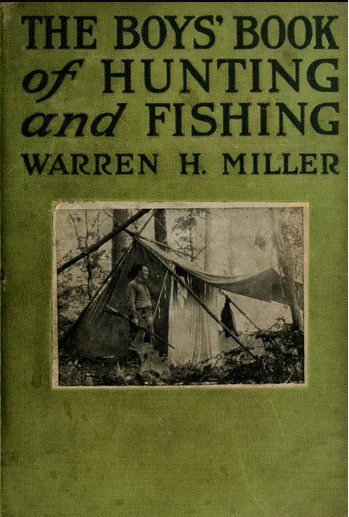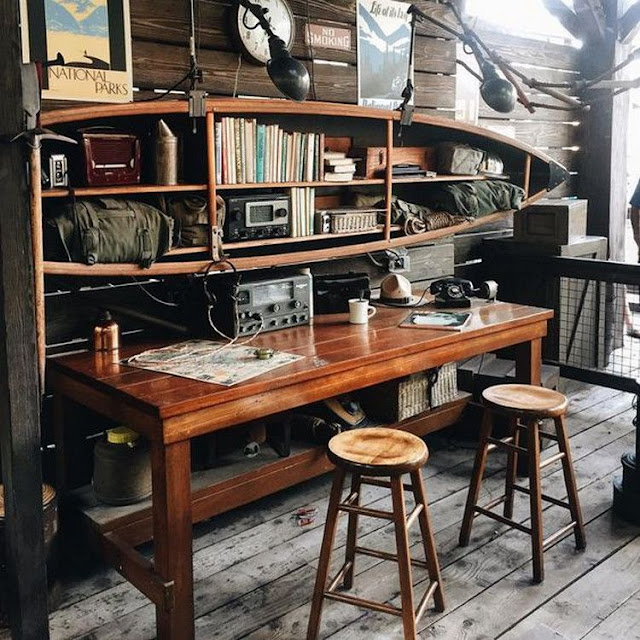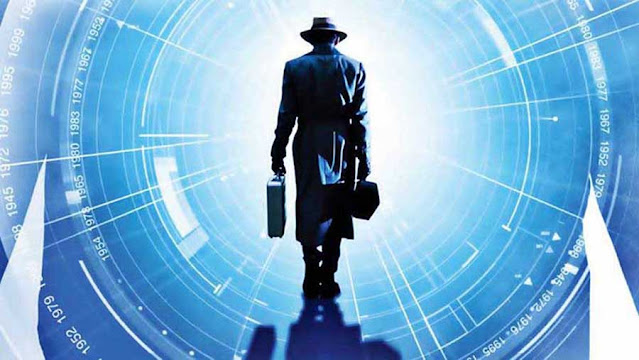The C19 Service Rifle

In spirit of the Canadian Rangers 75th anniversary, this week’s equipment showcase is the C19 service rifle. The C19 is an arctic adapted version of the FTC Tikka T3 developed by SAKO (Finland) ( https://www.tikka.fi/rifles/tikka-t3x/t3x-arctic ). The C19 replaced the longer and heavier Lee-Enfield No.4 Mk.1 which had been the Canadian Rangers’ service rifle since their inception in 1947. The primary role of the C19 is self-defence from large Northern carnivores such as polar and grizzly bears. The rifle also bears a unique red laminated stock with the Ranger insignia stamped on the side.
